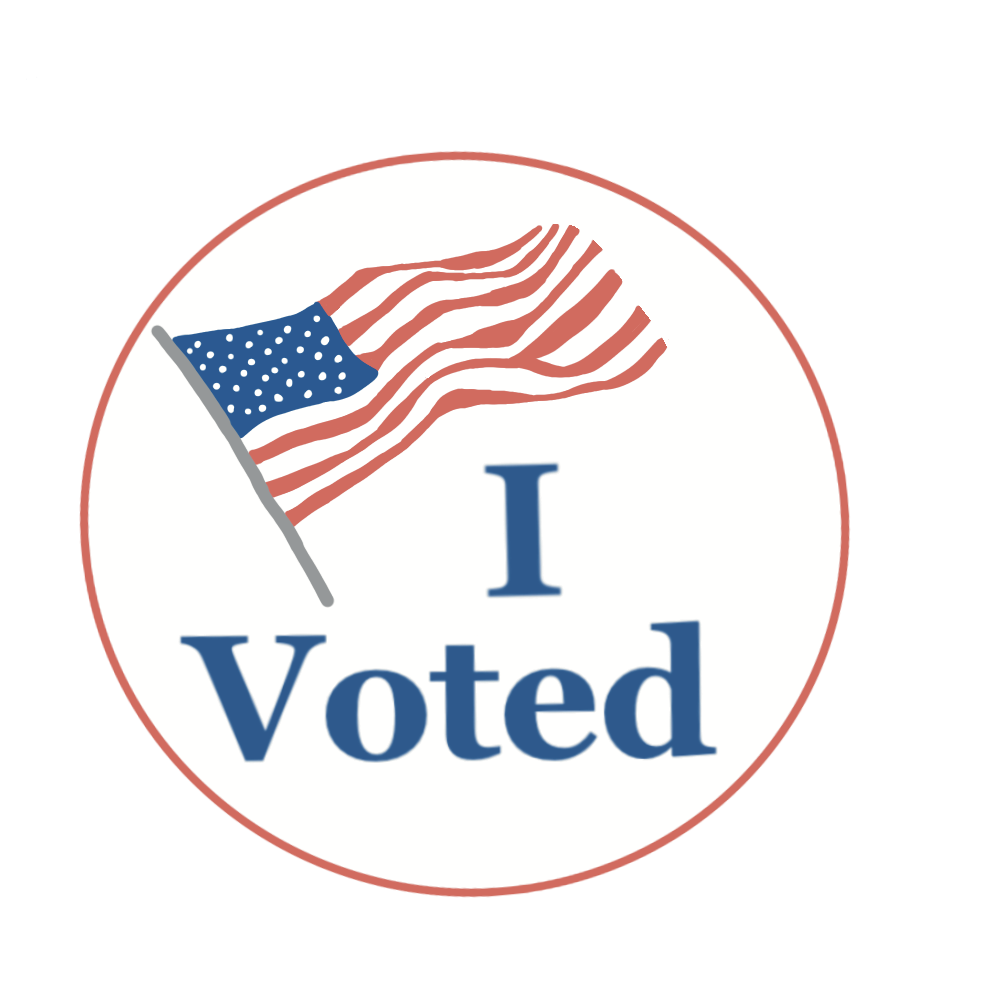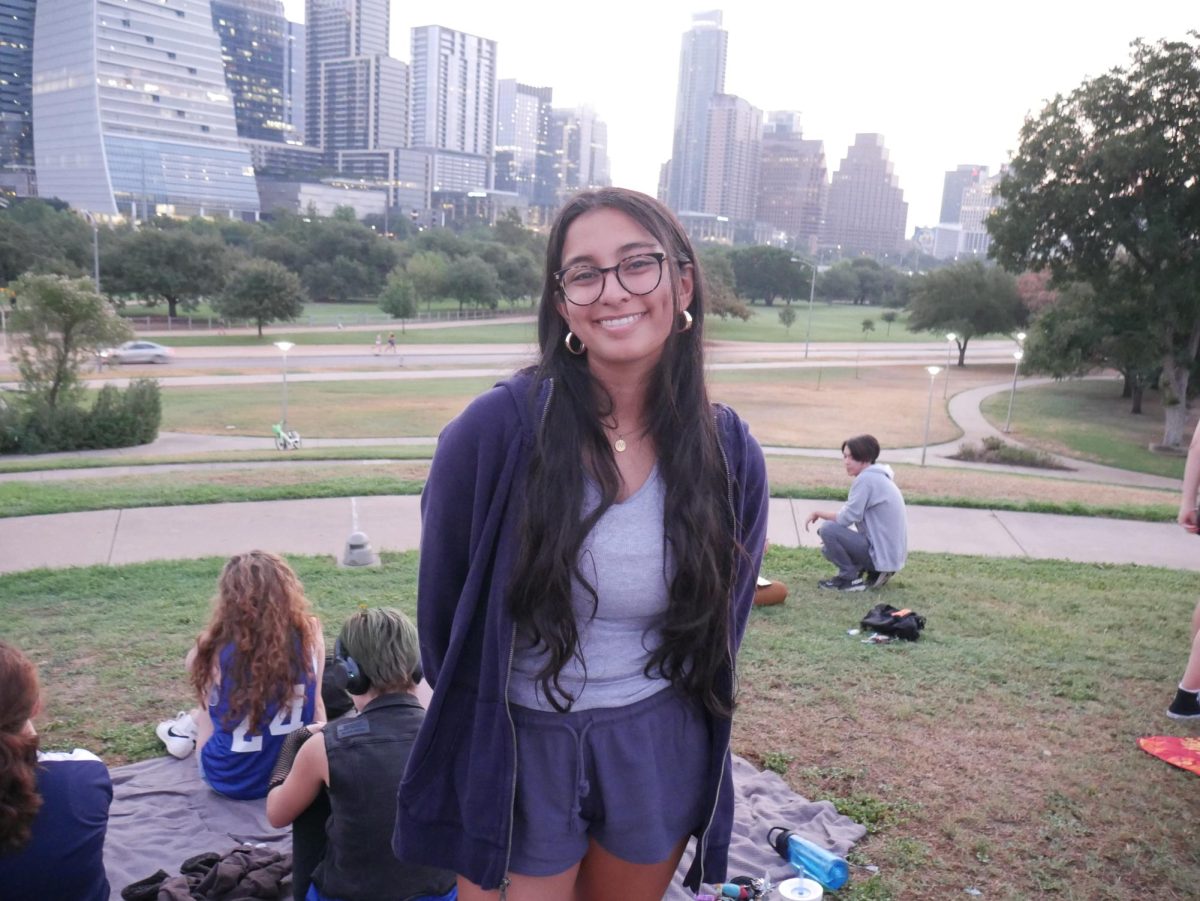Inside the Supreme Court
Currently the U.S. supreme court has a conservative supermajority, meaning that two-thirds of the justices are conservative. Among them is Clarence Thomas, who has been serving on the court since 1991, and has recently come under fire for receiving donations and luxury vacations from Republican billionaire Harlan Crow, potentially compromising his objectivity. Similar accusations have been levied at Samuel Alito, who took a luxury trip with a Republican donor and didn’t report it to the court. Alito has been serving since 2006. The court’s other conservative justices include Neil Gorsuch (appointed 2017), Brett Kavanaugh (appointed 2018), and Amy Coney Barrett (appointed 2020), as well as the current Chief Justice, John Roberts (appointed 2005). There are only three liberal justices on the Supreme Court— Justices Sonia Sotomayor (appointed 2009), Elena Kagan (appointed 2010), and Ketanji Brown Jackson (appointed 2022). This split is the reason that many recent Supreme Court decisions have been decided by a 6-3 vote, such as Biden v. Nebraska— the case against President Biden’s student loan debt forgiveness program; 303 Creative LLC v. Elenis, which undermined queer rights; and Students for Fair Admissions v. Harvard, which did away with affirmative action. These votes are almost always split against party lines, with the six conservative justices forming the majority. There are no limits on how long justices can serve, so the current court won’t change unless a justice dies or retires, neither of which seem particularly likely. The U.S. will have to see more than its fair share of oppressive and politicized decisions before anything close to a balance will be achieved.
303 Creative LLC v. Elenis
In a major loss for queer rights, the U.S. Supreme Court sided with conservative web designer Lorie Smith in her case 303 Creative LLC v. Elenis. Smith refused to design wedding websites for same-sex couples, citing her Christian beliefs. However, the suit itself should never have been brought to the court in the first place. It contained contact details for the gay man who had supposedly requested Smith’s services, but upon reaching out to him, The New Republic found that he was actually a straight man, who was already married, and had never submitted a request. In essence, the Supreme Court made the decision to roll back LGBTQ rights based off of a case that should never have existed in the first place. Justice Neil Gorsuch defended the 6-3 decision, stating that it does not endorse “anything like the ‘straight couples only’ notices the dissent conjures out of thin air.” However, giving businesses a right to discriminate against queer couples will inevitably allow homophobic business owners to refuse services to anyone who isn’t straight. In the words of Justice Sonia Sotomayor, “the opinion of the Court is, quite literally, a notice that reads: ‘Some services may be denied to same-sex couples.’” While the ruling only applies to businesses that provide an “expressive” and “customized” product, these terms don’t have any official legal definition, meaning that the effects of this ruling could be much more far-reaching than intended. The court also did not limit the decision to just same-sex couples, which opens the door to numerous other potential discrimination cases. Will business owners be able to deny services to Jewish or Muslim customers because they disagree with their beliefs? Will the first amendment now allow shops to keep out immigrants? A line must be drawn somewhere; now the only question is how many minorities will have their rights eroded before we get to it.
Affirmative Action
Near the end of June, the U.S. Supreme Court ruled in a 6-3 decision to overturn affirmative action programs designed to increase racial diversity in universities and help students of color access the same higher education opportunities as white students. Justice John Roberts wrote in the court’s decision that “many universities have for too long…concluded, wrongly, that the touchstone of an individual’s identity is not challenges bested, skills built, or lessons learned but the color of their skin.” Many core arguments against affirmative action echo this point, saying that race-conscious admissions place unqualified students into selective colleges. However, affirmative action is designed not to give admission to students who would otherwise not meet the requirements, but to help qualified students get the places they deserve. However, this idea of unearned admission is not unfounded, because there is a group of students who have lower admission requirements than everyone else— legacy applicants. These are students who apply to the same schools that their immediate family members have graduated from, and they have much lower admission requirements than other students, especially in highly selective schools such as Harvard or Yale. Legacy policies also overwhelmingly benefit white students. A study from the National Bureau of Economic Research found that 43% of white students at Harvard were recruited athletes, legacy students, from the dean’s list (meaning they had relatives who donated to the school), or children of Harvard staff, while less than 16% of Asian, Black, or Latino students were part of this group (named ALDCs by the study). The study also found that 75% of white ALDCs would not have been admitted if they weren’t part of the group. These statistics make it clear that if any group is being given unearned places in universities, it isn’t the ones benefiting from affirmative action. However, the court seems only concerned with limiting the higher education access of poor and marginalized students, as opposed to the rich and privileged who are being handed admission on a platter.
Indian Child Welfare Act
In a 7-2 ruling — Justices Clarence Thomas and Samuel Alito dissenting — the U.S. Supreme Court voted to uphold the Indian Child Welfare Act (ICWA), a 1978 law designed to increase the odds that Native American children in the adoption system would be placed into Native American families. It gives preference first to the child’s extended family, then to members of the same tribe, and finally to members of other tribes. The act is crucial to maintaining Native American cultures by helping to ensure that Native American children get placed in families that will respect their tribe’s culture and integrate it into the child’s life. Otherwise, these children often have no way of learning the history and legends of their tribe. The ICWA’s mission is especially important considering the cultural genocide experienced by nearly every Native American tribe within the past few centuries. Throughout the 1900s, Native American children were often forcibly taken from their parents and placed in white families or enrolled in residential schools where the sole purpose was to erase the cultures, traditions, and languages of Native American tribes. Students had to use English Christian names and were only allowed to speak English. The ICWA ensures that something like it won’t happen again by allowing tribes to be involved in the child welfare of their citizens. Justice Thomas wrote in his dissent that Congress “does not have the power to sacrifice the best interests of vulnerable children to promote the interests of the tribes” — a view that misunderstands the fundamental purpose of the ICWA, a law put in place specifically for the protection of these children. Ultimately, the decision to uphold the ICWA is a victory for Native American children in the adoption system and for maintaining America’s cultural diversity.






